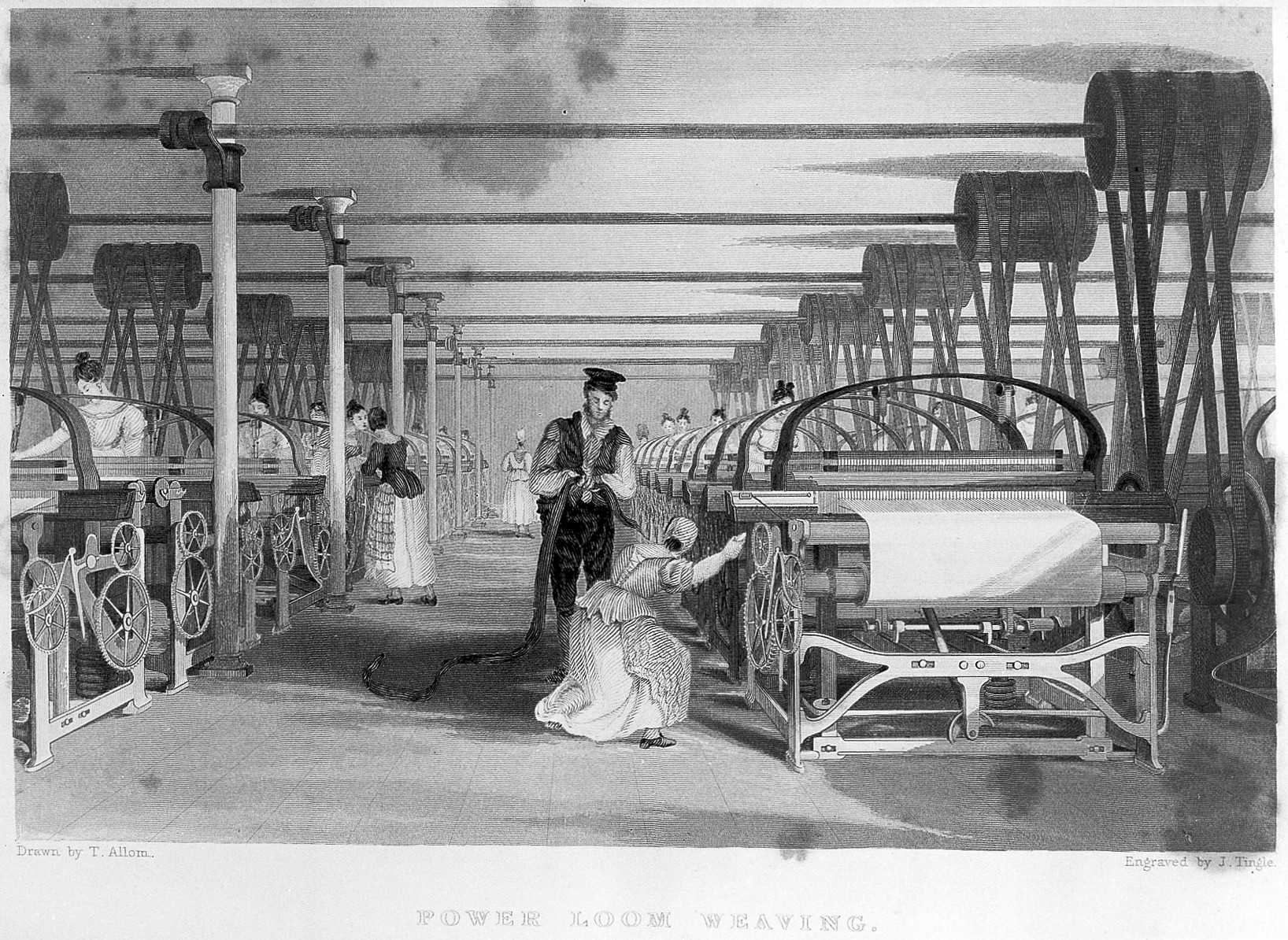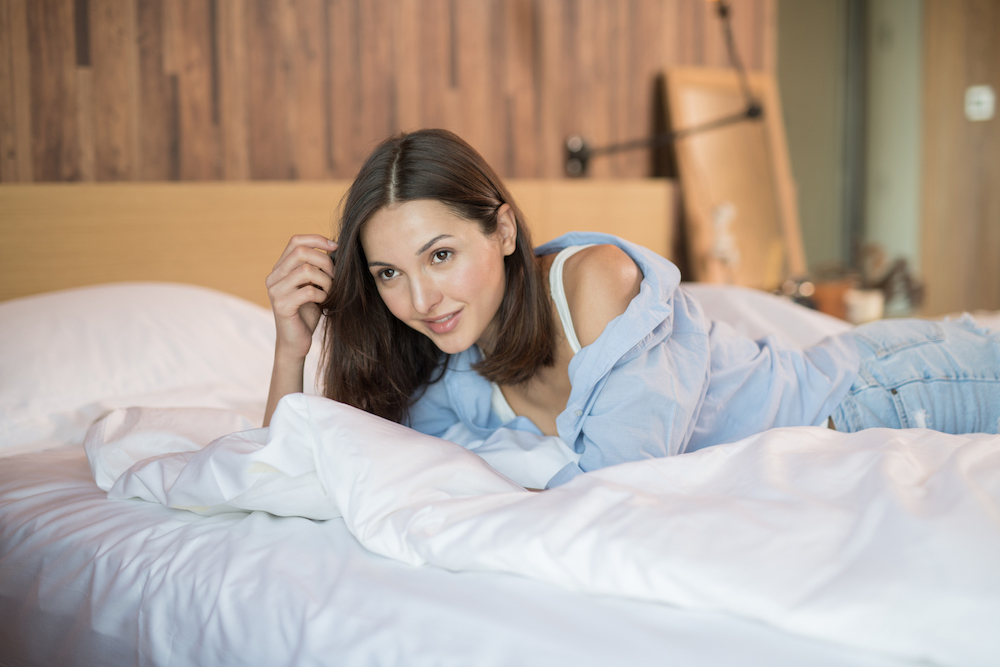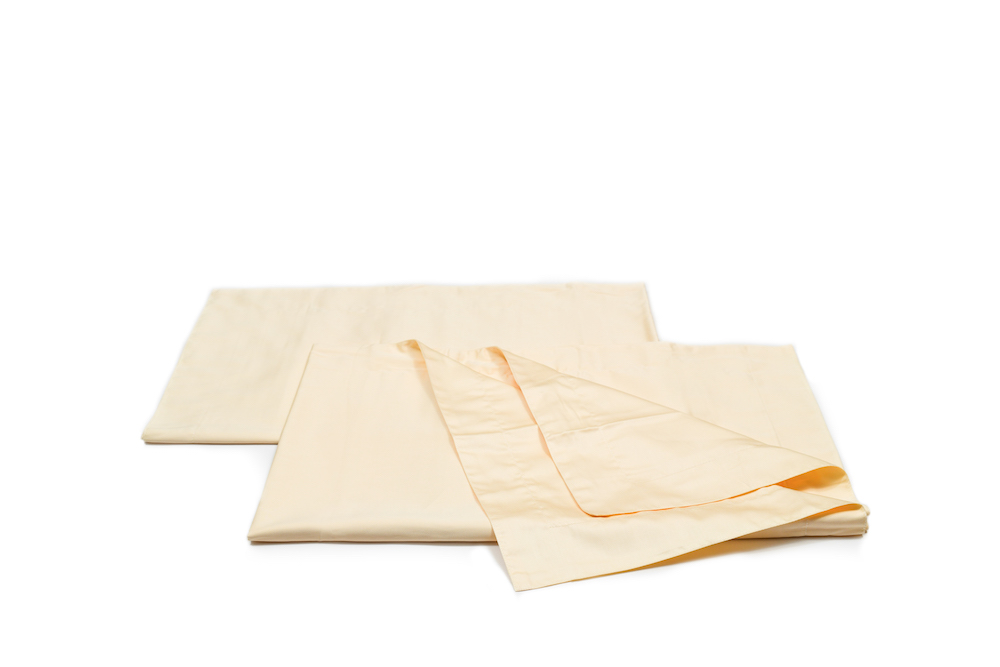Busting the Bedding Myths – Can You Count on Your Thread Count?
18th Jul 2018
All our lives society had us (somewhat) happily believing that bigger is better, whether it’s your house, car or TV. But there are some instances in life where that really is not the case and there is no example closer to our hearts than the thread count of bed sheets. Is bigger better? Will a higher count heighten your sleeping experience?
For all of those who haven’t really considered challenging your beliefs about bed sheets before, let’s add some context. Imagine you are buying a house. Your budget allows for a 2 bedroom property and an agent phones you to let you know about a 4 bedroom that is in your budget. Would you buy that house just because it’s bigger? Of course, you wouldn’t. There could be some many other things that are also important – the quality of the kitchen, the size of the yard, garden etc. - so you would want to know more. Buying sheets according to thread count is the same. A high thread count does not necessarily tell you anything about the quality of the cotton, the softness or breathability. Let’s have a look why:
What is a thread count?
Thread count is simply the number of threads woven in a square inch of fabric. The calculation is a simple one - the number of vertical weaves (warp) added to the number of horizontal weaves (weft).
So surely the more weaves in a square inch, the better quality of the sheet?
Not necessarily. Let’s consider firstly a low count sheet, say 150. This sheet would have holes in the fabric that are visible to the naked eye. It would be very light, have no insulation properties and not be hardwearing. However, keep in mind it is only physically possible to get a certain amount of weaves in a square inch; if you had high thread count sheets with a count over 400, the fabric would be dense, lacking softness and very hot to be underneath due to a lack of space for air circulation.

I’m sure I saw some sheets that boasted a thread count of 1000. How is that possible?
This is just a clever marketing ploy that the majority of people fall for. Manufacturers realized that instead of using individual ply to weave their sheets they could combine two thinner threads and create a two-ply weave (where two individual threads are twisted around each other). Technically this has twice as many weaves, so doubles the thread count. Some manufacturers will further boost their thread count by using triple ply, so a 300 would become a 900.
But I still don’t see why that’s a bad thing? Bigger is better right?
Remember what we said about there being a limit on how many weaves can physically be put into a square inch? A thread count of over 400 cannot be realistically achieved with single ply, so when using multi-ply threads, they must be of a thinner initial yarn to take up the same given space when twisted. This yarn is invariably of an inferior quality and results in a heavier, scratchier product where piling on the surface is commonplace.
So what should I look for?
The ideal sheets should be single ply with a thread count of between 180 and 400. This is not just for feel, but also for airflow as the gaps between the weaves allow for optimum insulation and breathability, whatever the season. Products such as the high-quality and 400 thread count bed sheet sets produced by us, will be at the upper end of that scale, but don’t need to cost the earth. We believe that everyone should be equal, and that extends to being able to afford to sleep in the safety and comfort of your own haven every night, quality bedding included.

Is there anything else to consider?
It goes without saying that your sheets should be 100% cotton as this given the best breathability and comfort. Natural dyes and industry certifications ensure that the manufacturer has your health, wellbeing at their core. Looking for long-staple cotton is also a good idea as the yarn has longer threads, as the name suggests, meaning less bonding of individual so the yarn is stronger with less ‘scratchy’ ends to increase softness, durability and to help you achieve the perfect feel for your personal sleep sanctuary.

